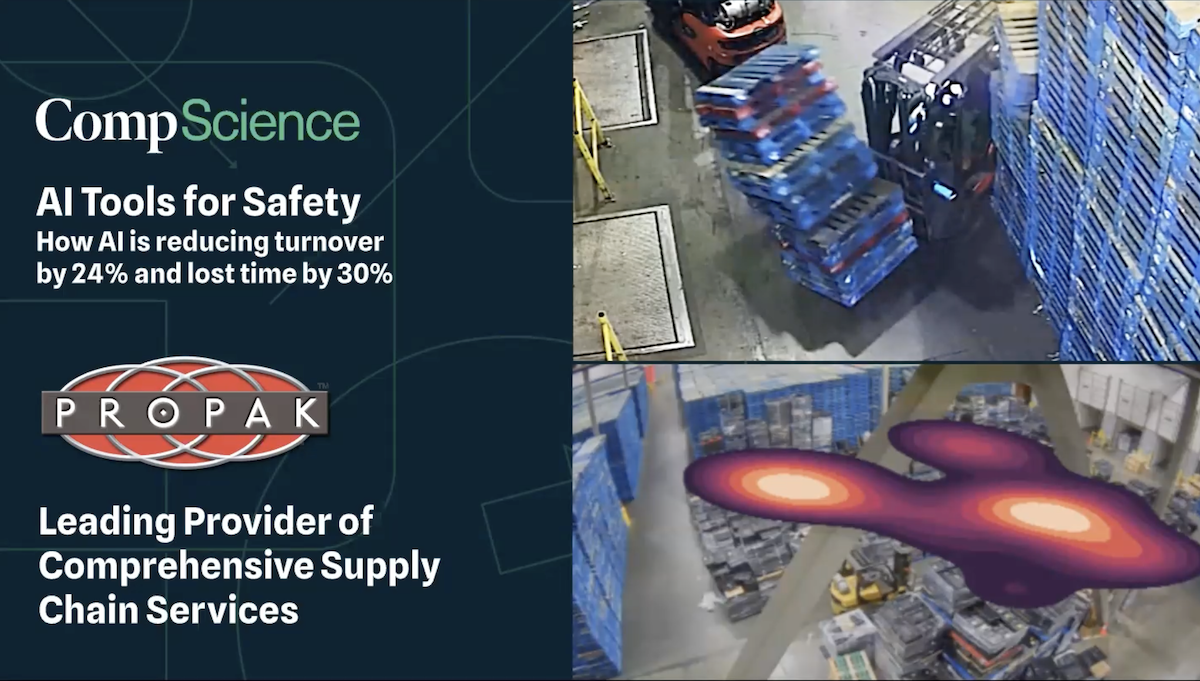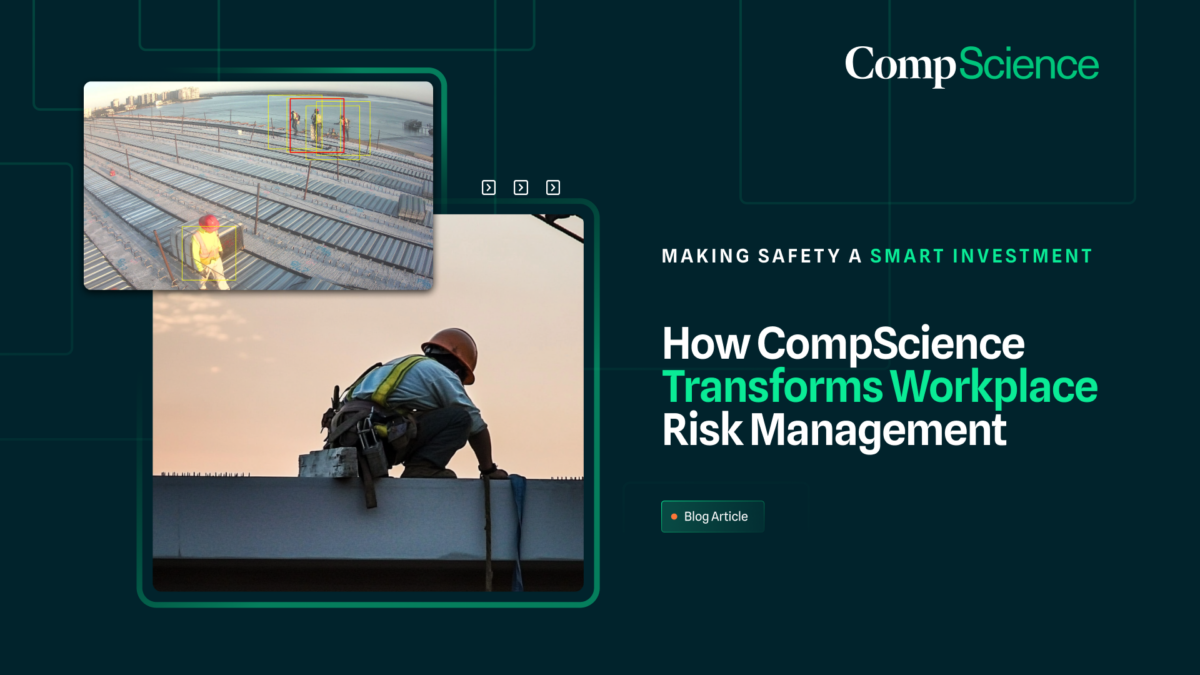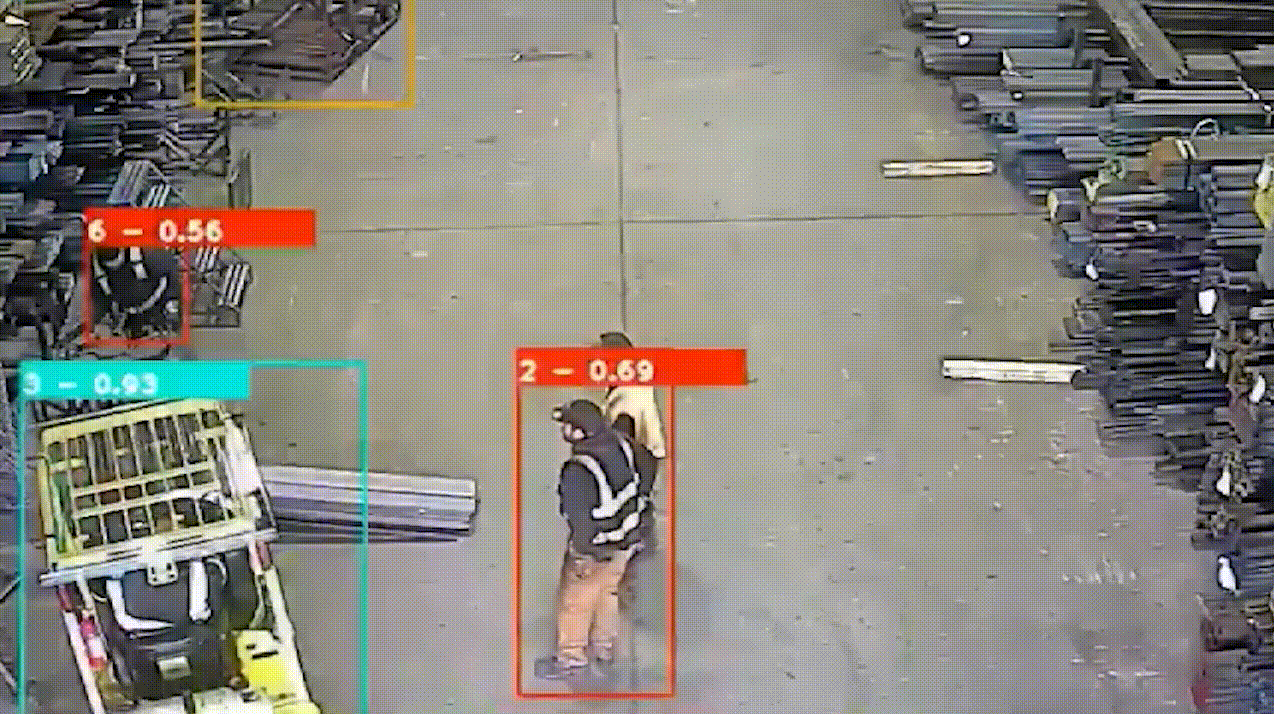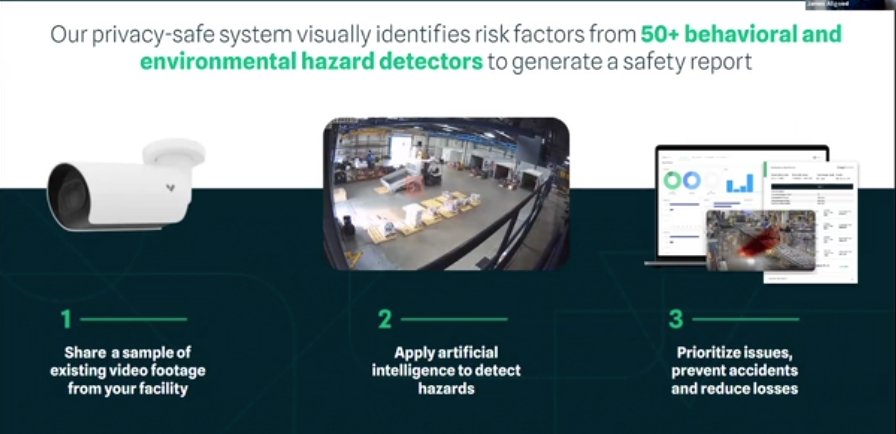How Can Data Science Predict and Prevent Workplace Accidents
Data science can be used to analyze data on workplace accidents and injuries in order to identify trends and patterns, and to identify areas for improvement. Some specific ways in which data science can be used to reduce workplace accidents include:
- Identifying high-risk areas: Data science can be used to identify high-risk areas within the workplace where accidents are more likely to occur. This can help organizations prioritize safety efforts and allocate resources to those areas.
- Predicting and preventing workplace accidents: By analyzing data on past accidents and injuries, data science can be used to predict the likelihood of future accidents and to identify preventive measures that can be taken to reduce the risk of those accidents occurring.
- Improving safety training: Data science can be used to identify areas where safety training may be lacking or inadequate, and to develop targeted training programs to address those areas.
- Enhancing safety reporting: Data science can be used to improve the accuracy and timeliness of safety reporting, allowing organizations to identify and address potential hazards more quickly.
Overall, data science can be a valuable tool for reducing workplace accidents by helping organizations to identify high-risk areas, predict and prevent accidents, improve safety training, and enhance safety reporting.
Learn more about predictive safety analytics from the team at CompScience.









